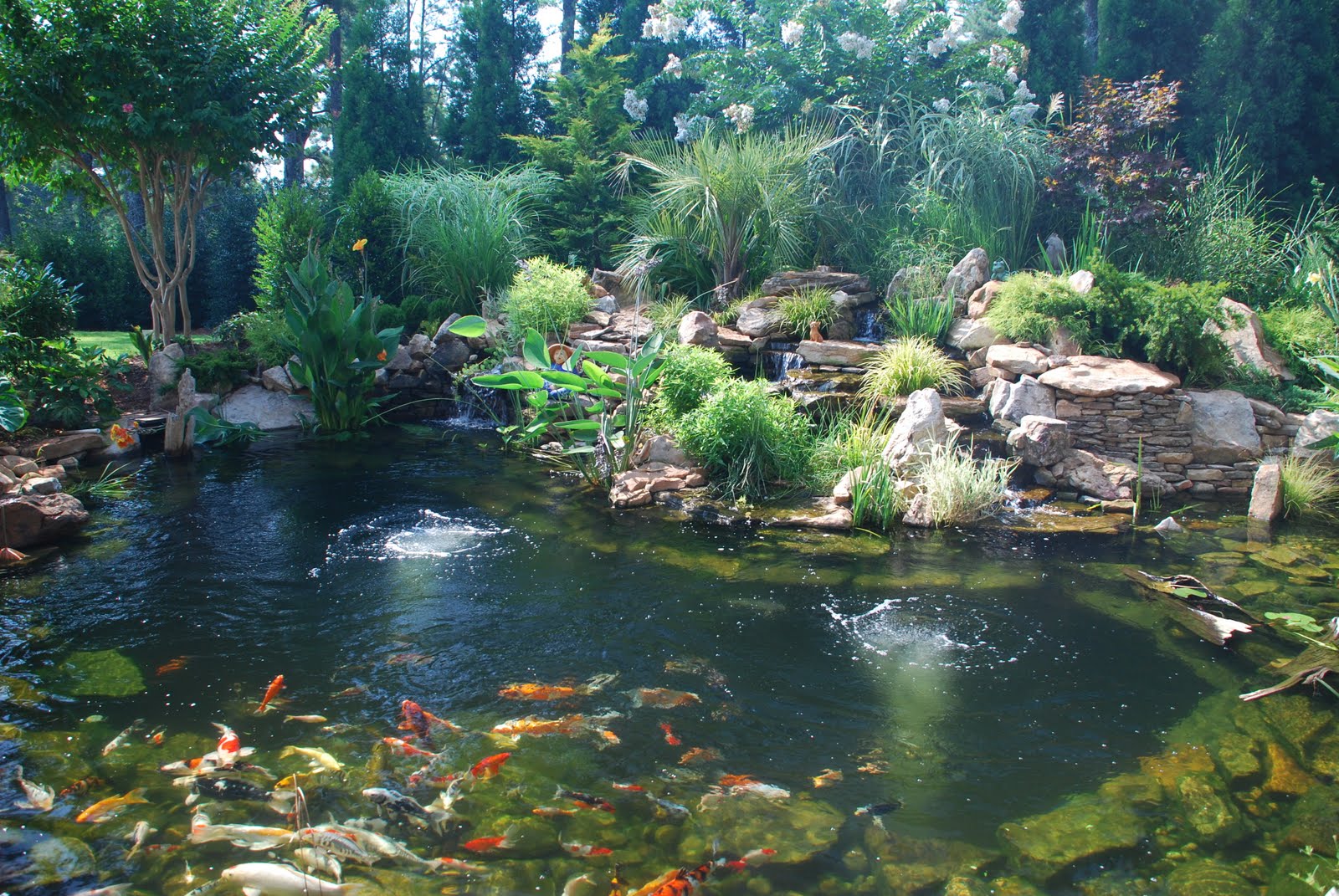
Say Goodbye to Algae: The Ultimate Guide to Controlling Algae in Koi Ponds
Introduction
Koi ponds are a beautiful addition to any garden, but it’s not uncommon to face algae issues that can take away from their beauty. Algae can quickly become a nuisance, making the water green, slimy, and smelly. Algae is not only unsightly but can also be harmful to your fish and other aquatic plants. In this guide, we will discuss the various causes of algae growth and the effective methods to control algae in your koi pond.
Causes of Algae Growth
Algae growth is caused by a variety of factors that affect the overall health of your koi pond. Some of the most common causes are:
- Too much sunlight
- Nutrient-rich water
- Overfeeding your fish
- Unfiltered water
- Infrequent water changes
- No shade or shelter for fish
The good news is that there are multiple ways to control algae, ranging from simple changes to your pond maintenance routine to implementing new techniques to reduce nutrient build-up in the water. Here are some effective ways to control algae:
1. Provide Shade and Shelter
One of the most effective ways to control algae in your koi pond is by providing adequate shade and shelter for your fish. Algae thrives in sunlight, so limiting sunlight exposure by adding shade structures like small trees, plants, or artificial covers can help reduce the amount of algae growth. Providing shelter to your fish also helps reduce stress levels, which will, in turn, promote a healthy pond environment.

2. Develop a Regular Cleaning Routine
Treat your koi pond like you would any other outdoor living space for your home. Regular maintenance and cleaning routines must be implemented to keep algae under control. Here are some key components of a regular cleaning routine:
- Skim the surface of the water to remove debris and leaves
- Clean the pond’s filter regularly
- Use a pond vacuum to remove waste from the bottom
- Remove excess algae that has accumulated on rocks, plants, or other surfaces
By keeping up with these pond-keeping tasks, you will maintain a healthy pond environment that discourages algae growth. Be sure not to disturb the pond’s natural ecosystem and not to remove too much of the beneficial bacteria that keep your pond in balance.
3. Limit the Nutrients in your Pond
Algae thrives on nutrient-rich water, which is why it’s essential to limit the number of nutrients that enter your koi pond. One of the things you can do is reduce the number of fish you have in the pond and limit the amount of food you feed them. Overfeeding your fish is one of the most common causes of algae growth in a koi pond.
Another thing you can do is plant aquatic plants in your pond. They help absorb the nutrients and compete with the algae for these nutrients. Plants also offer shelter for your fish while promoting a healthy environment for overall pond health.
4. Consider Chemical Treatments
Chemical treatments are a quick and effective way to control algae growth in your koi pond. There are two primary types of chemical treatments that can be used:
- Algaecides
- Copper-based treatments
Algaecides are used to kill existing algae in your pond, while copper-based treatments control future algae growth. It’s important to note, however, that the use of algaecides and copper-based treatments may negatively impact other aquatic life in your pond and should be used sparingly and with caution. Always read and follow the product’s instructions closely.
Conclusion
With the right strategies and a consistent maintenance routine, you can keep algae growth under control in your koi pond. By providing shade and shelter, developing a regular cleaning routine, limiting nutrient build-up, and considering chemical treatments as a last resort, you can maintain a beautiful and healthy koi pond for years to come.
